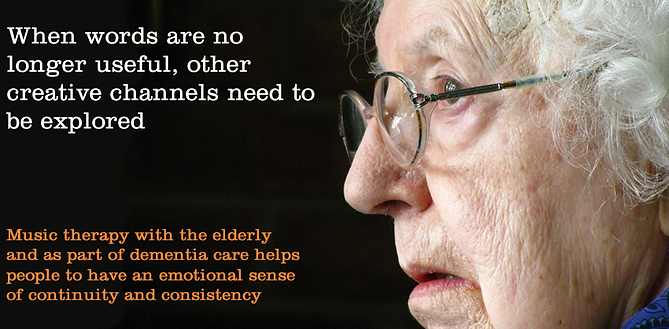"Alzheimer's ... it is a barren disease, as empty and lifeless as a desert. It is a thief of hearts and souls and memories."
Nicholas Sparks
The Alzheimer's Association 24/7 Helpline. Call us toll-free anytime day or night at 1.800.272.3900
A study was conducted to determine which service best meets the needs of individuals with Alzheimer's Disease. The study involved Skilled Nursing Facilities (SNF) and Home-Based Community Services (HBCS). The study consisted of 16 adult day care services from a federally funded Alzheimer's diagnostic center. Every participant in the study was 65 years of age or older and met the standard diagnostic criteria for Alzheimer's disease. Of 733 individuals screened for the study, 297 (40%) were eligible and of the 297; 218 (73.4%) agreed to participate (McCann, J., Herbert, L., et el., 2005).
Interviews were provided by telephone or in person at 3-month intervals over the duration of 48 months. During these intervals, cognitive function tests were administered every six months. Weekly staff meetings were conducted to address any specific questions regarding data collection. The study proved to measure an overall average of 98.6% on interrater reliability (McCann, J., Herbert, L., et el., 2005).
Nursing home placements, adult day care services and other community-based services were used as a form of measurement and data collection. The Kaplan-Meier survival curves were used to show the association between adult day programs and nursing home placement, and the Cox propotional hazared model were implemented to determine the effects of adult day care and skill nursing facilities.
Though community-based services and other adult day care programs were observed to be proactive and decreased early instituationalizations; study results indicate the risk of nusing home placement increased significantly if individuals with Alzheimer's Disease spent a substantial amount of time at an adult day care program (McCann, J., Herbert, L., et el., 2005). Though the programs and interventions were used to decrease nursing home placements, individuals with Alzheimer's Disease need continous cognitive stimulation and stability. Residing in a skilled nursing facility or at an adult day care program for a significant amount of time, has shown risk of downslope for individuals living with the disease. However, through implementation of therapies, such as Music Therapy and other cogtinive stimuli, the progression of the disease and community placement can become possible.

Music Therapy
With an increase need of higher quality services for individuals suffering from Alzheimer's Disease and other forms of dementias, a federally funded project, known as the Adult Day Care of Northern Shenandoah Valley, Inc. (ADCSV) was developed to demonstrate and establish a model of music therapy for individuals living with the disease. The use and function of music therapy is to restore loss, improve current conditions, avoid undesired conditions/behaviors, maintain present condition, and to overall enhance the quality of life and well-being. Music therapy is applied thorugh various forms of techniques and interventions, such as the implementation of technology, vibroacoustic therapy, involvement of staff and family member, etc. It has been determined that the structure and model of music therapy has delivered a unique, meaningful and therapeutic intervention for individuals living with Alzheimer's, as well as their family members (Foley, J. & Lipe, A., 2004).
Nursing Home Placement Vs. Community Home Care
Since 2005, 4.5 million adults were diagnosed with Alzheimer's Disease in the United States alone. It is estimated that by the year of 2050, the numbers will increase and the population of individuals living with Alzheimer's Disease could be at 13.2 million (Hebert, Scherr, Bienias, Bennett, & Evans, 2003). Due to this alarming factor, research has taken on a new focus to examine interventions and preventions to determine if there is a correlation between institionalized care, such as a Skilled Nursing Facilities; and preventive factors such as community-based services. The research is to determine which one would best meet the needs of individuals suffering from Alheimer's Disease and their families (McCann, J., Herbert, L., et el., 2005).
